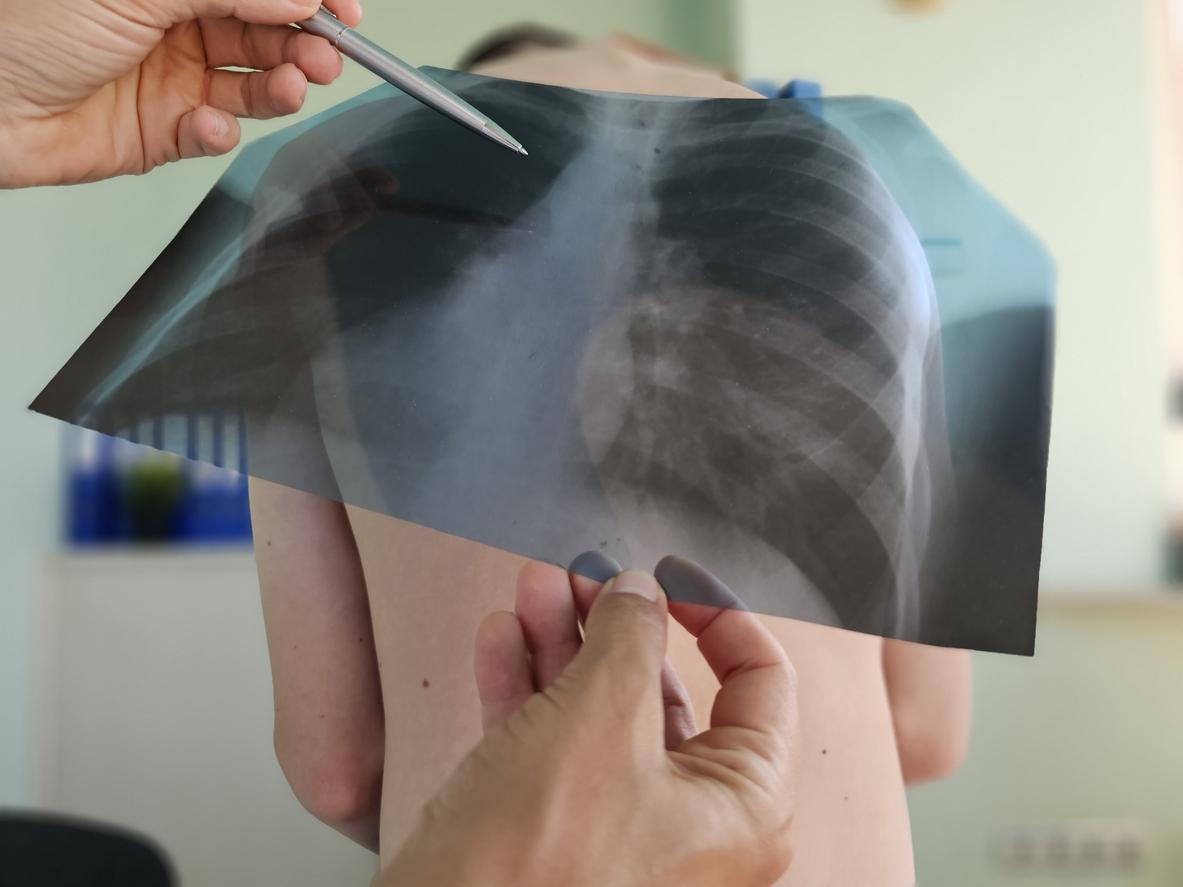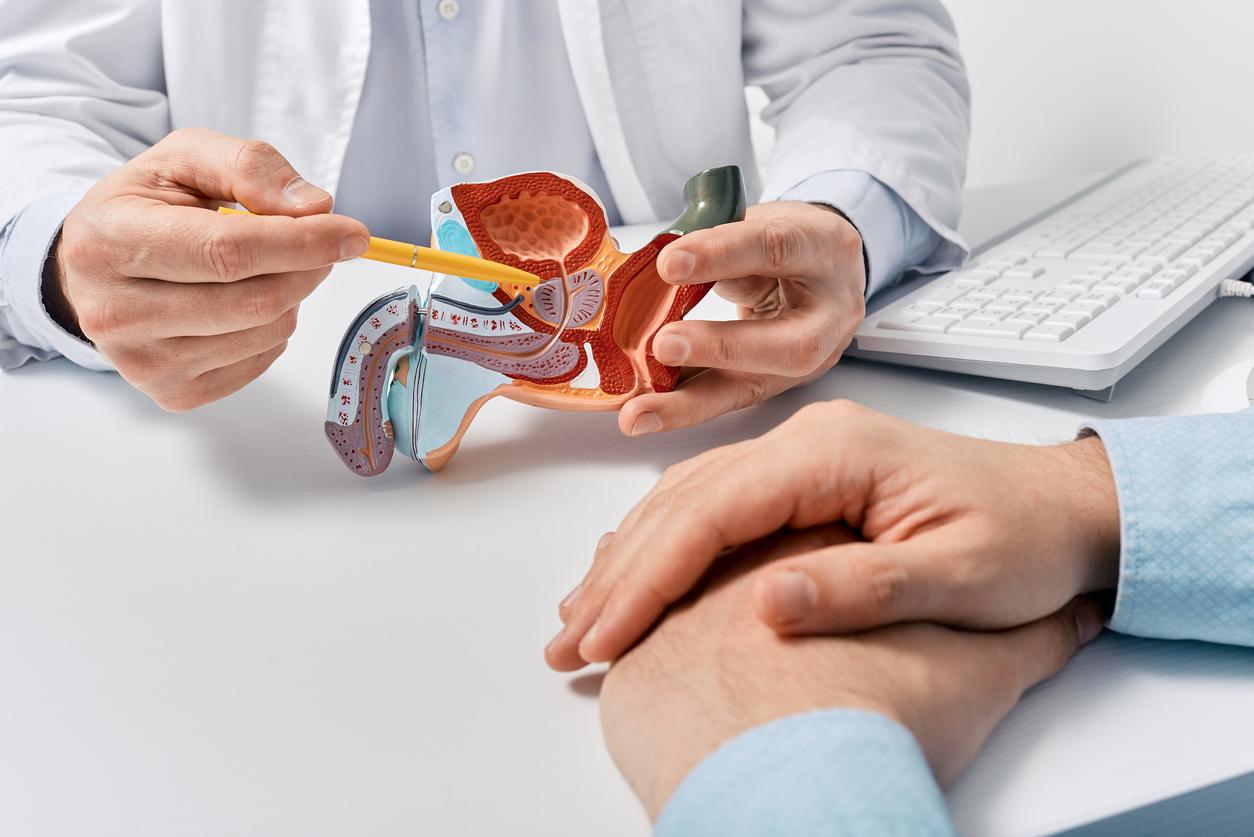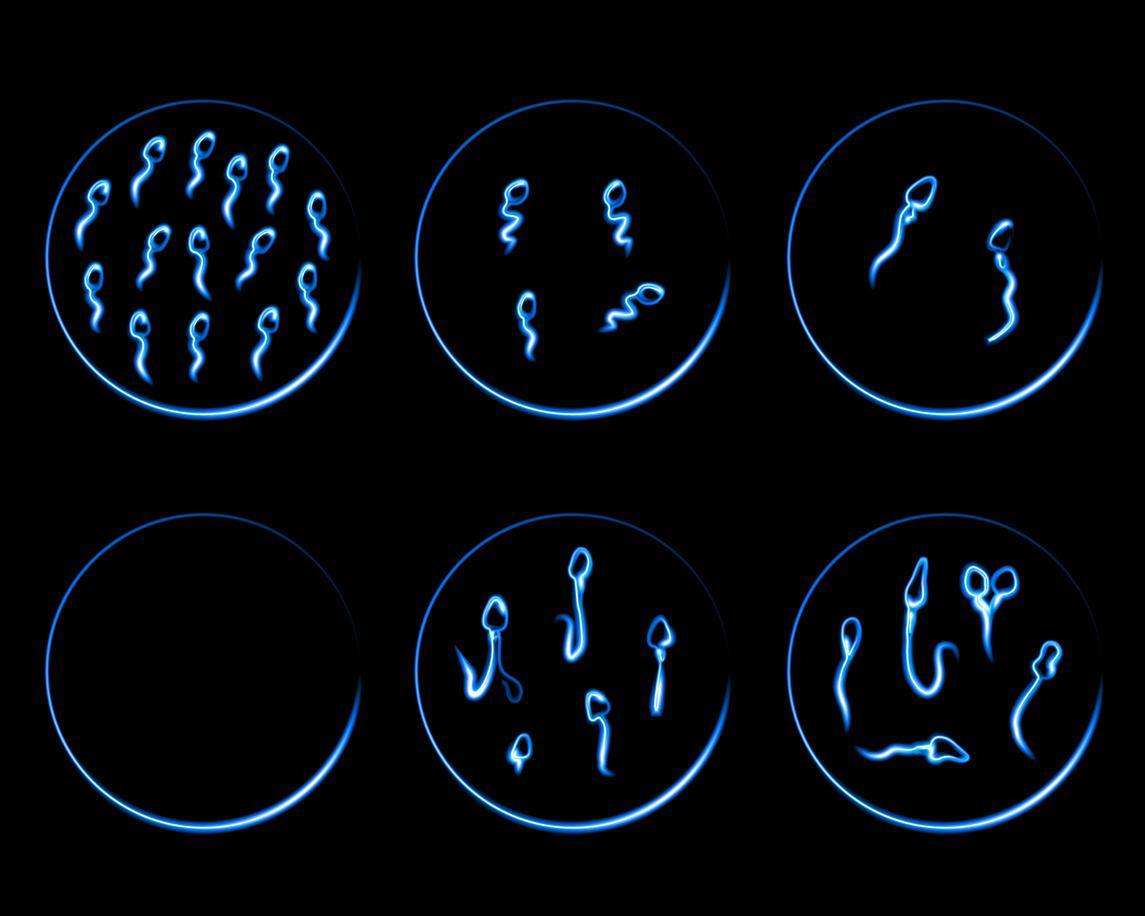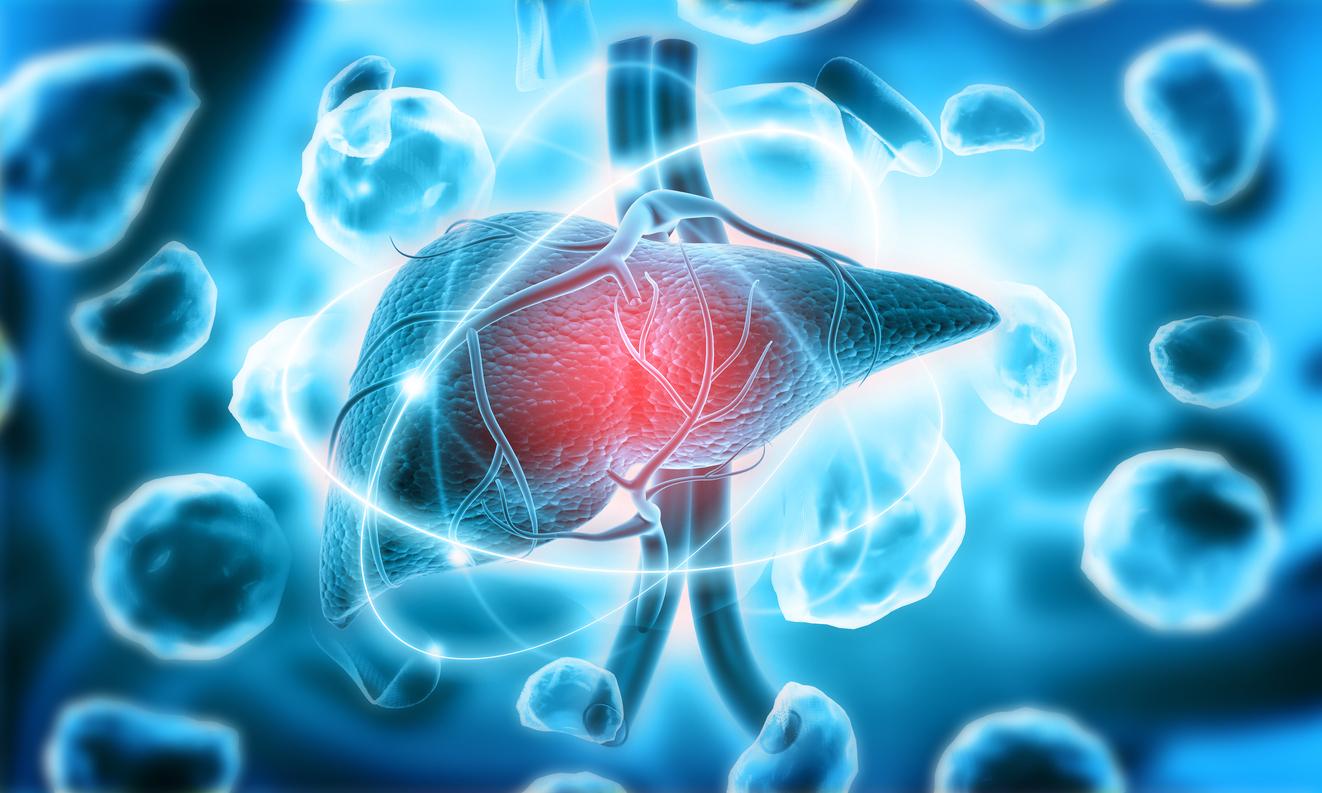Every year in France, one in ten people go to the emergency room with a traumafollowing an accident. The majority of patients suffered only minor injuries. On the other hand, some of them suffer long after the injuries linked to the shocks have healed: headaches, uncontrollable fears or various pains, vision problems, balance or irritability. “When symptoms occur together in the same context, they constitute what is called a syndrome” explains Emmanuel Lagarde.
Following a trauma, two syndromes can appear: post-concussion syndrome (PCS), which occurs after a mild head injury, and post-traumatic stress disorder (PTSD), encountered in people exposed to a stressful situation during which their life , or that of another person, is endangered.
Post-traumatic stress disorder can be better understood
In this study, 1,300 people admitted to the Bordeaux hospital emergency room between 2007 and 2009 were contacted 3 months after their accident. More than 500 suffered from mild head trauma upon admission to hospital, the remainder from various injuries, all of mild to moderate severity. The researchers measured the occurrence of 36 symptoms that fall within the definitions of PSC or PTSD.
“Post-concussion syndrome (PCS) does not deserve its name since, on the one hand, the symptoms that compose it are not specific to head trauma and, on the other hand, they do not occur concomitantly. seems that the SPC is in reality only part of the post-traumatic stress syndrome “explains Emmanuel Lagarde, director of research at Inserm.
the post-traumatic stress syndromee occurs in 2% of people injured, and this figure rises to 9% when the trauma is head. In addition, it is more common in women and in people who have had a road accident or been assaulted. It is also influenced by the physical and mental state of the patient. And it really changes the quality of life of patients.
“This is why it is important to better describe these syndromes and their origin, especially since their identification also has important consequences in terms of insurance, compensation, but also policies for the care and reintegration of patients”, emphasizes Emmanuel Lagarde.


















